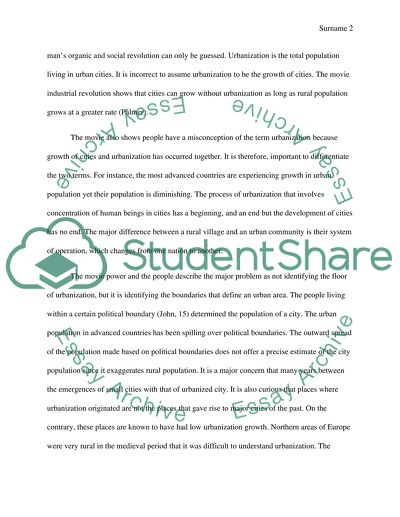Cite this document
(“Urbanization of Human Population Essay Example | Topics and Well Written Essays - 1000 words”, n.d.)
Retrieved from https://studentshare.org/environmental-studies/1457238-urbanization-of-human-population
Retrieved from https://studentshare.org/environmental-studies/1457238-urbanization-of-human-population
(Urbanization of Human Population Essay Example | Topics and Well Written Essays - 1000 Words)
https://studentshare.org/environmental-studies/1457238-urbanization-of-human-population.
https://studentshare.org/environmental-studies/1457238-urbanization-of-human-population.
“Urbanization of Human Population Essay Example | Topics and Well Written Essays - 1000 Words”, n.d. https://studentshare.org/environmental-studies/1457238-urbanization-of-human-population.


